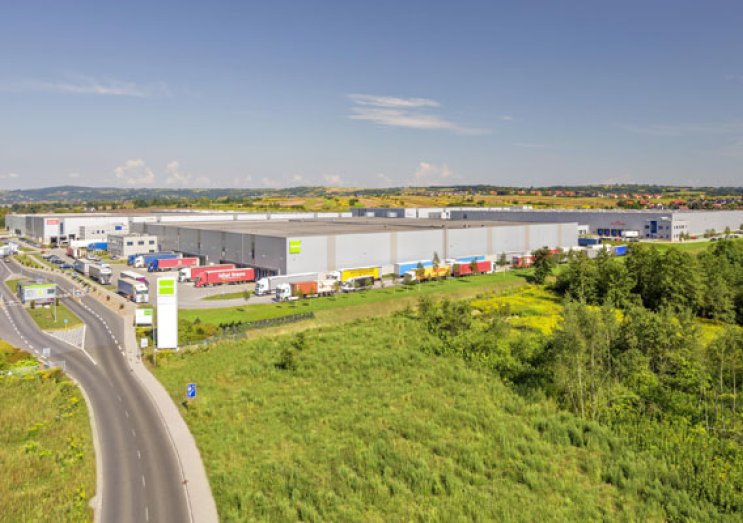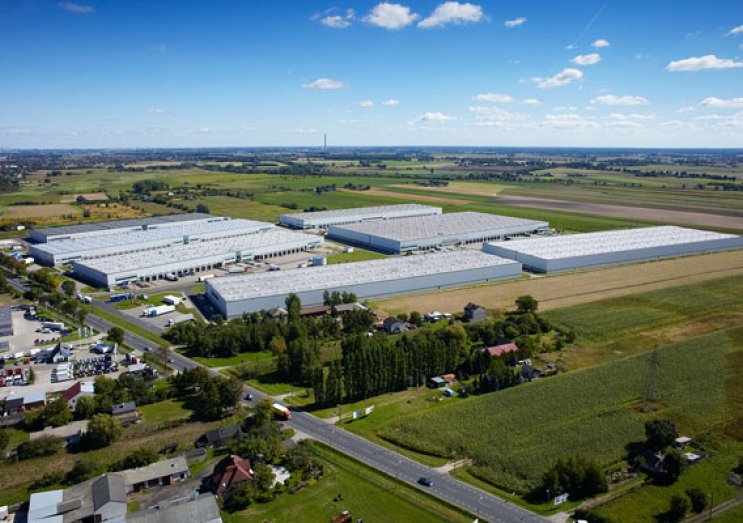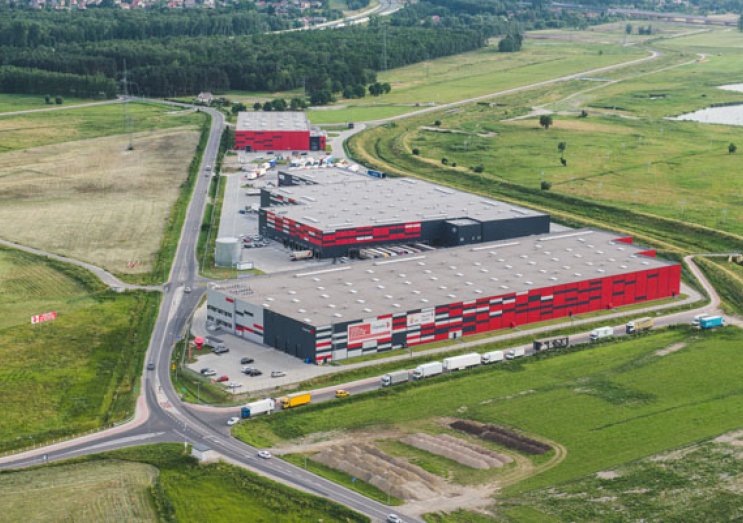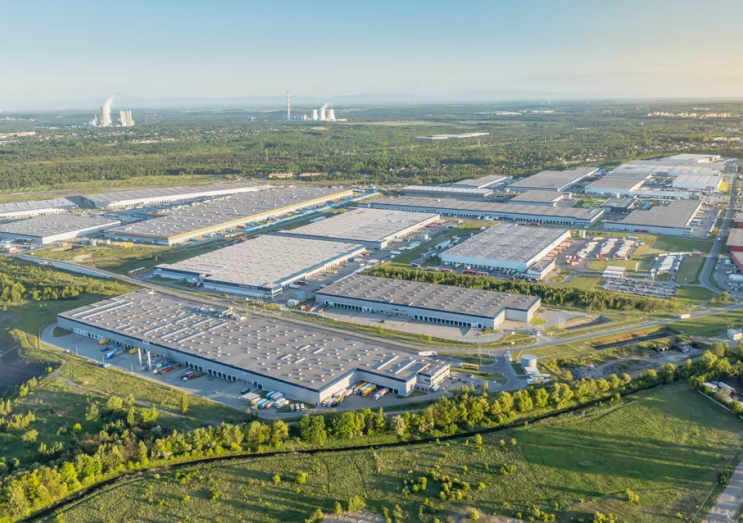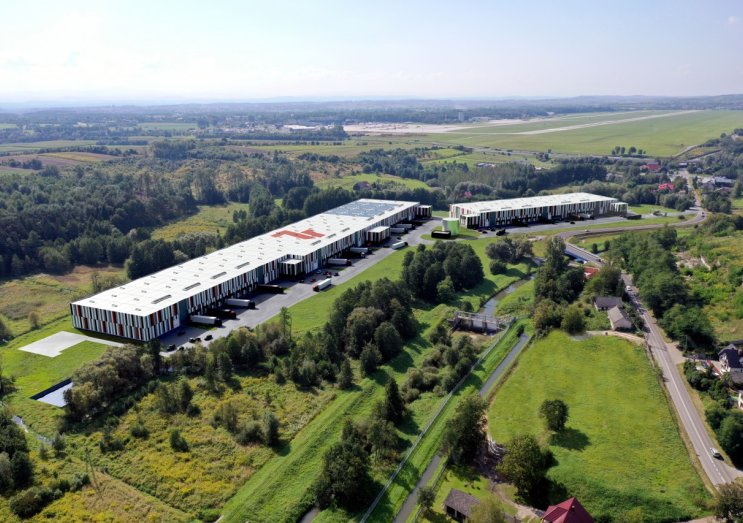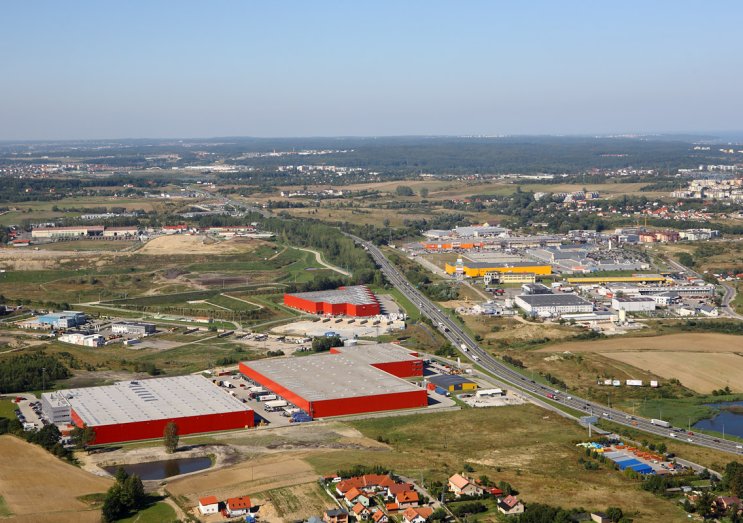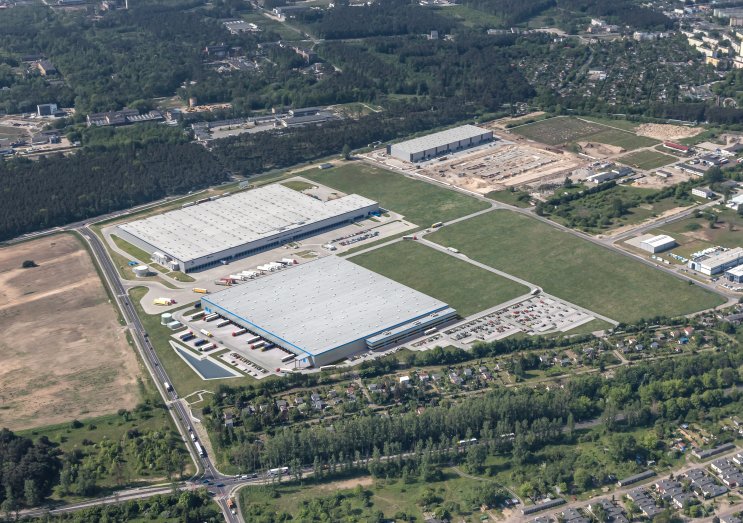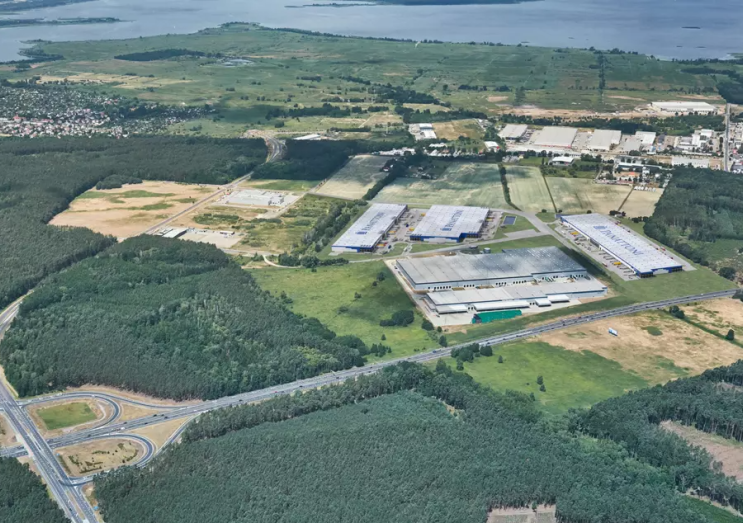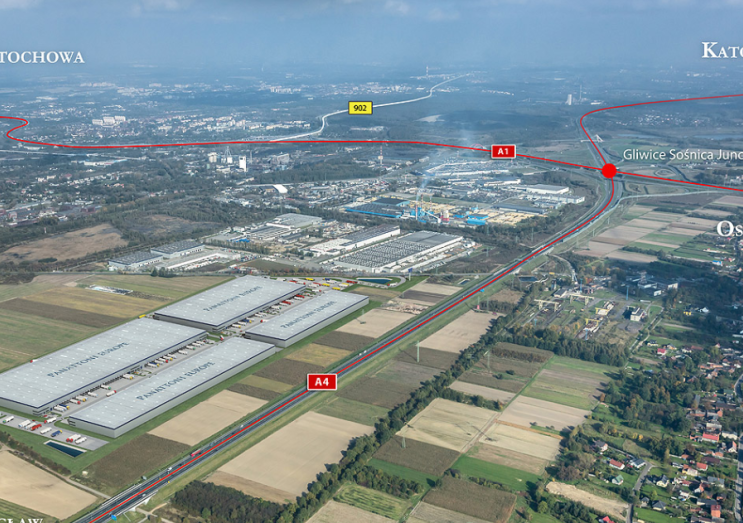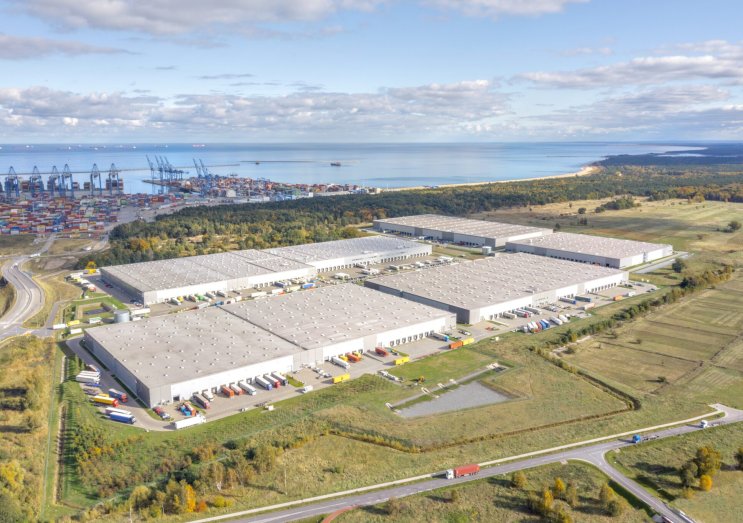Upper Silesia continues to see strong occupier appetite for ready-to-occupy warehouse space reported by e-commerce in particular and record levels of demand coming from warehouse tenants from many market segments; as a result, its vacancy rate is expected to fall in the short term.
Upper Silesia is the second-largest industrial market in Poland, after Warsaw. Over 618,000 sqm came on stream in the whole of 2021, bringing the region’s total industrial stock to 4.25 million sqm at the end of last year. And more than 700,000 sqm of industrial and warehouse space was under construction in early 2022. “Upper Silesia has for years attracted strong occupier interest. Its key strength lies in its geographical position and excellent east-west and north-south roads. This year is also expected to see completion of the last section of the A1 motorway which will further improve transport connections between the Baltic Sea and the Czech Republic. In addition to its road infrastructure, the region also boasts a well-developed railway network and an international airport in Pyrzowice,” says Michał Kozar, Associate, Industrial and Warehouse Department, Newmark Polska.
Skilled labour is a magnet for investors
Silesia has for years led the way in both Poland and CEE in terms of availability of employees with technical skills considered key to success of industrial and warehouse projects. “The manufacturing sector in Silesia has a combined headcount of over half a million, the highest concentration of manufacturing workers in Poland. Thanks to the historical significance of manufacturing in Silesia and numerous schools catering for the sector, the region has a large labour pool, which is a major advantage in attracting new investment projects. Job candidates are mostly attracted by ‘clean’ and sustainable production and opportunities to participate in unique greenfield and brownfield projects. The automotive sector is also a magnet on account of its high manufacturing standards and upskilling options. Some companies whose sole focus has been the automotive industry are now diversifying their portfolios, branching out into production for aviation and e-mobility,” says Karolina Szyndler, Director, Hays Poland. “The latest available annual data from the Central Statistical Office shows that in 2020 the Silesian province came second in terms of job creation (53,600 new jobs), ranked only behind Mazovia (98,000). The picture for 2021 is also likely to be positive given last year’s record level of investor interest in locating projects in Silesia.”
Huge demand – driven by e-commerce, manufacturing and logistics
Companies want to grow their business in Upper Silesia to capitalize on its prime location and road connections with the rest of Poland and Western and Central Europe. Last year, the region’s leasing activity came to close to 1.2 million sqm of modern industrial and warehouse space, accounting for 15.7% of Poland’s total take-up, a proportion second only to that for Mazovia and the capital. The largest leases in Upper Silesia were completed by Amazon (82,200 sqm), Auchan (53,700 sqm) and Carrefour (50,000 sqm), followed by DHL Supply Chain and Midocean (just above 40,000 sqm).
“Upper Silesia is experiencing massive interest in leasing from e-commerce, with Amazon being a prime example as it already has several warehouses here with a combined area of over 360,000 sqm. Demand for logistics space is also coming from local retailers going online or expanding their online presence. Other leading sectors in the region’s industrial market include operators of large stores and discounters, with some leasing warehouse space for e-commerce operations. Last year’s notable transactions were signed by Auchan, Carrefour and SPAR. Another active retailer is Lidl, which has facilities totalling approximately 100,000 sqm in two locations. Last year, we supported the Musketeers Group in contracting 13,000 sqm of warehouse space in Sosnowiec,” says Michał Kozar.
Silesia has been chosen for the location of manufacturing plants by many automotive companies, including Stellantis, formed by the merger of Fiat Chrysler Automobiles and the PSA Group, in Bielsko-Biała, Tychy, Gliwice and Skoczów. Many subcontractors have set up operations in the vicinity of burgeoning factories to deliver, among other things, vehicle components, further driving the growth of the automotive sector in the region.
Europe wants to manufacture in Silesia
Another key factor behind locating factories and warehouses in Upper Silesia is disruptions to global supply chains caused by the pandemic. Benefiting from its geographical position and excellent road connections, Silesia is perceived as one of Europe’s leading logistics hubs.
“Pandemic-related problems with ensuring seamless supplies are in a sense forcing all major market players to reorient their focus towards nearshoring or the China Plus One strategy. Large companies are keen to have factories and warehouses not only in China, but also in other regions, closer to their target clientele. And compared to Germany, France or Spain, Poland still offers relatively low business operating costs comprising lower rents and wages. Reorientation is already underway as we have recently completed several relocations of production functions from Western Europe to Upper Silesia for our clients,” says Michał Kozar.
Speculative projects account for almost half of the pipeline
At the end of 2021, Upper Silesia’s vacancy rate stood at 7.8%, equating to 330,300 sqm of modern warehouse space, the largest volume of unoccupied space in Poland. According to Michał Kozar, these statistics do not paint the whole picture. “There are several projects in Silesia where developers have been experiencing trouble leasing space - they account for most of the vacant stock. Meanwhile, other projects go like hot cakes, as evidenced, among other things, by the high proportion of new build without pre-lets. At the end of last year, speculative construction made up 44% of Silesia’s industrial and warehouse development pipeline,” says Michał Kozar, Newmark Polska. “Many projects were put on hold during the pandemic but demand continued to grow, which led to supply constraints throughout Upper Silesia. The region continues to see strong occupier appetite for ready-to-occupy warehouse space reported by e-commerce in particular and record levels of demand coming from warehouse tenants from many market segments; as a result, its vacancy rate is expected to fall in the short term. Development activity in Silesia is dominated by Panattoni and 7R.”
Brownfield as a remedy for a lack of plots
In Silesia, as in the rest of Poland, all industrial developers are facing spiralling warehouse construction and operating costs. Availability of suitable and well-connected plots is also becoming an increasingly serious issue. “Residential developers - in a sense always enjoying a privileged position - are strong competition for industrial market players. With home prices being where they are, they can afford to pay a premium for a development site. In addition, local residents tend to favour residential projects over logistics parks, and their protests may have a real impact on zoning plans,” comments Michał Kozar. According to the expert, there is a way out of this: developers should shift their focus to brownfield projects – secure post-industrial plots for new industrial and warehouse buildings that would replace old plants and factories.
Developers come to Upper Silesia in droves
All the key statistics for Upper Silesia, including take-up, supply and stock under construction, are improving. “Upper Silesia is also unique in that tenants active in this market require large warehouses ranging between 20,000 sqm and 40,000 sqm. Developers are well aware of this potential. New logistics projects are being planned there by companies that have so far been absent from this market. Upper Silesia is being targeted by P3 and LCube – just to name a few. In addition, MDC2 will be delivering warehouses in Gliwice while CTP has already commenced its first project in Zabrze,” concludes Michał Kozar.

